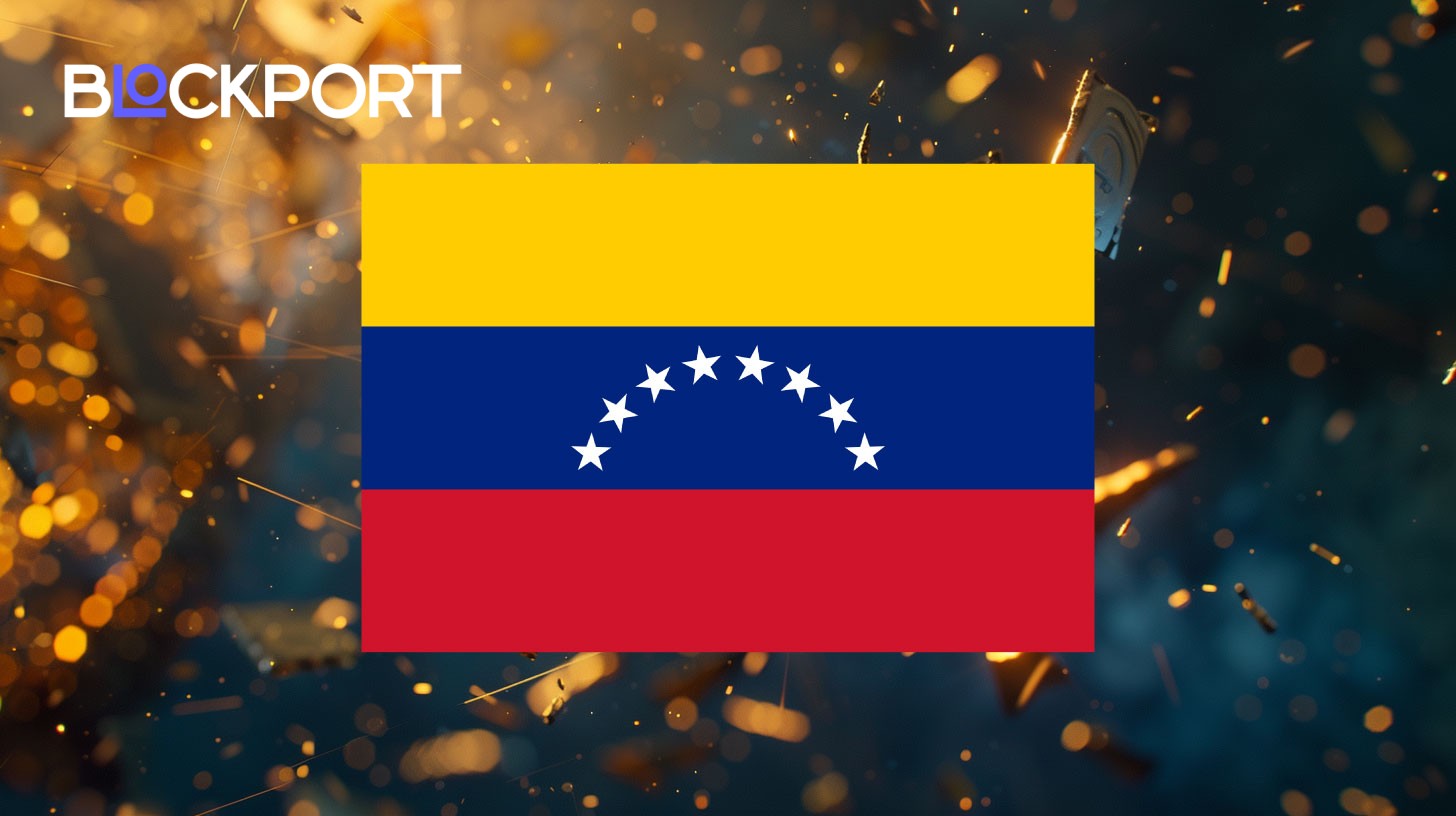Crypto, AI, IPOs: How Policy Gaps Are Shaping the Digital Economy’s Future

Technological changes go together with regulatory talks around how to develop and use new technologies responsibly.
Circle’s stock jumped 168% on its first trading day. CoreWeave more than doubled. Suddenly, crypto and AI companies are racing to go public after years of regulatory uncertainty. What changed? Trump’s return to the White House with a radically different approach to tech regulation.
Digital technologies make life easier and open up new possibilities, but as the saying goes, you can’t have the good without the bad. For example, AI can fuel creativity, but it also makes it easier than ever to fake someone’s identity. Blockchain enables fast transactions, transparency, and new investment opportunities, but it also brings risks like scams and performance limitations.
While tech moves fast, the legal side, meant to set rules and protect consumers, often lags behind. This creates a gap between how technology evolves and how it’s regulated. Recent regulatory developments in various countries aim to close that gap. With clearer rules on the horizon, we’re seeing a new wave of fundraising and Initial Public Offerings (IPOs). In the next section, we’ll take a closer look at these tech regulations.
AI and Blockchain: Core Technologies of the Digital Economy
Everything from payments to healthcare is going digital, forming a digital economy. AI and blockchain are among the core technologies enabling this change. Current tech trends include:
- Specialized AI: Unlike general AI, which aims to perform any intellectual task, specialized AI is designed to excel at one specific task. To do this, it learns from large amounts of data focused on that task. In healthcare, specialized AI helps detect tumors and personalize treatments. In shopping and entertainment, it powers recommendations for products, movies, and music. Self-driving cars use it to understand their environment and navigate safely. Generative AI apps, common in daily life, are a type of specialized AI that creates content, helping with writing, design, coding, and more.
- Blockchain-based financial products: These are financial services and instruments built on blockchain’s secure, transparent ledger system. The most well-known examples are cryptocurrencies like Bitcoin and Ethereum, which let people send money directly to each other without banks. Stablecoins such as USDT and USDC work similarly but keep their value stable by being pegged to traditional currencies like the US dollar. A growing use case is the tokenization of real-world assets like real estate or securities. Investment funds, such as Exchange-Traded Funds (ETFs), are also becoming increasingly popular.
- Global connectivity: Modern global connectivity requires intelligent, secure, and interoperable systems that work seamlessly across borders and platforms. Technologies don’t operate in isolation. Blockchain keeps data safe and transparent, AI helps us make smarter decisions by analyzing large amounts of information, and IoT (Internet of Things) connects devices worldwide to share data instantly. This is especially important for industries like automotive, transport, construction, and real estate, which depend heavily on real-time data.
Global Regulatory Landscape: How Different Countries Approach Tech Rules
In 2025, lawmakers are taking decisive steps toward regulating emerging technologies. Approaches vary across countries based on differing perspectives, values, and goals. Still, most agree on the need to stay competitive while balancing innovation with ethical considerations.
The United States has adopted a strategy to support blockchain and AI development. After being elected to a second term, President Donald Trump announced a tech-friendly approach, stating that AI and crypto are key to American competitiveness.
- He appointed David Sacks as the White House’s AI & Crypto Czar to help position the U.S. as a global leader in both areas.
- In January 2025, Trump signed an executive order to repeal previous AI policies that could hinder innovation and launched an AI Action Plan.
- For cryptocurrency, the U.S. saw major legislative progress with the Guiding and Establishing National Innovation for US Stablecoins Act (GENIUS Act), signed into law in July 2025.
This landmark bill created the first federal regulatory framework for “payment stablecoins,” defining them as digital assets designed for payments or settlements, with issuers required to convert them at a fixed monetary value.
Europe and Asia: Different Approaches to Tech Governance
Globally, other countries and regions are developing their own frameworks. In the EU, the Markets in Crypto-Assets (MiCA) Regulation came into effect in June 2023. It sets EU-wide rules for crypto-assets not yet covered by existing financial laws, focusing on transparency, licensing, and oversight of crypto companies. Implementation is being phased in over time.
The EU AI Act is the world’s first major legal framework for artificial intelligence. It uses a risk-based model, classifying AI systems as unacceptable, high, limited, or minimal risk. Unacceptable systems, such as social scoring or manipulative AI, are banned. High-risk systems in areas like education, employment, and law enforcement must meet strict requirements for data quality, human oversight, and cybersecurity.
Countries like China have taken a more restrictive stance on crypto while actively promoting AI development. The mix of different and sometimes conflicting regulations worldwide shows how challenging it is to build an international agreement on how to govern these powerful technologies.
IPO Boom: How Regulatory Clarity Drives Public Offerings
A growing sense of regulatory clarity is driving a rise in Initial Public Offerings (IPOs). According to Crunchbase, several fintech companies have gone public or filed for IPOs since the start of 2025. One of the biggest was USDC stablecoin issuer Circle, which listed on the New York Stock Exchange (NYSE) on June 5. Trading under the symbol CRLC, the stock jumped 168% on its first day and closed at $83.29. It now trades around $182.
AI company CoreWeave, which builds cloud infrastructure for AI, also went public in March 2025 on the Nasdaq. Its stock (CRWV) started at $39 and now trades at around $110, more than doubling in value.
Crypto firms Gemini and BitGo have also filed to go public. This trend shows that as regulations become clearer and governments back key technologies, more tech companies are seeing IPOs as a better and safer way to raise money and grow.
What’s Next: The Future of Tech Regulation
AI and blockchain are moving fast, and governments are working to catch up. In the near future, we’ll likely see new rules that focus on how AI uses data, how algorithms make decisions, and how blockchain tokens and platforms are classified. While countries may not fully agree on one global approach, regions like the US, EU, and Asia are making progress. These efforts can help tech companies better understand the rules, build more confidently, and grow in a safer, more trusted environment.
The next 12 months will be crucial as major economies finalize their tech governance frameworks. Companies that can navigate these evolving regulations while maintaining innovation will likely emerge as the leaders of tomorrow’s digital economy.
Content on BlockPort is provided for informational purposes only and does not constitute financial guidance.
We strive to ensure the accuracy and relevance of the information we share, but we do not guarantee that all content is complete, error-free, or up to date. BlockPort disclaims any liability for losses, mistakes, or actions taken based on the material found on this site.
Always conduct your own research before making financial decisions and consider consulting with a licensed advisor.
For further details, please review our Terms of Use, Privacy Policy, and Disclaimer.




























